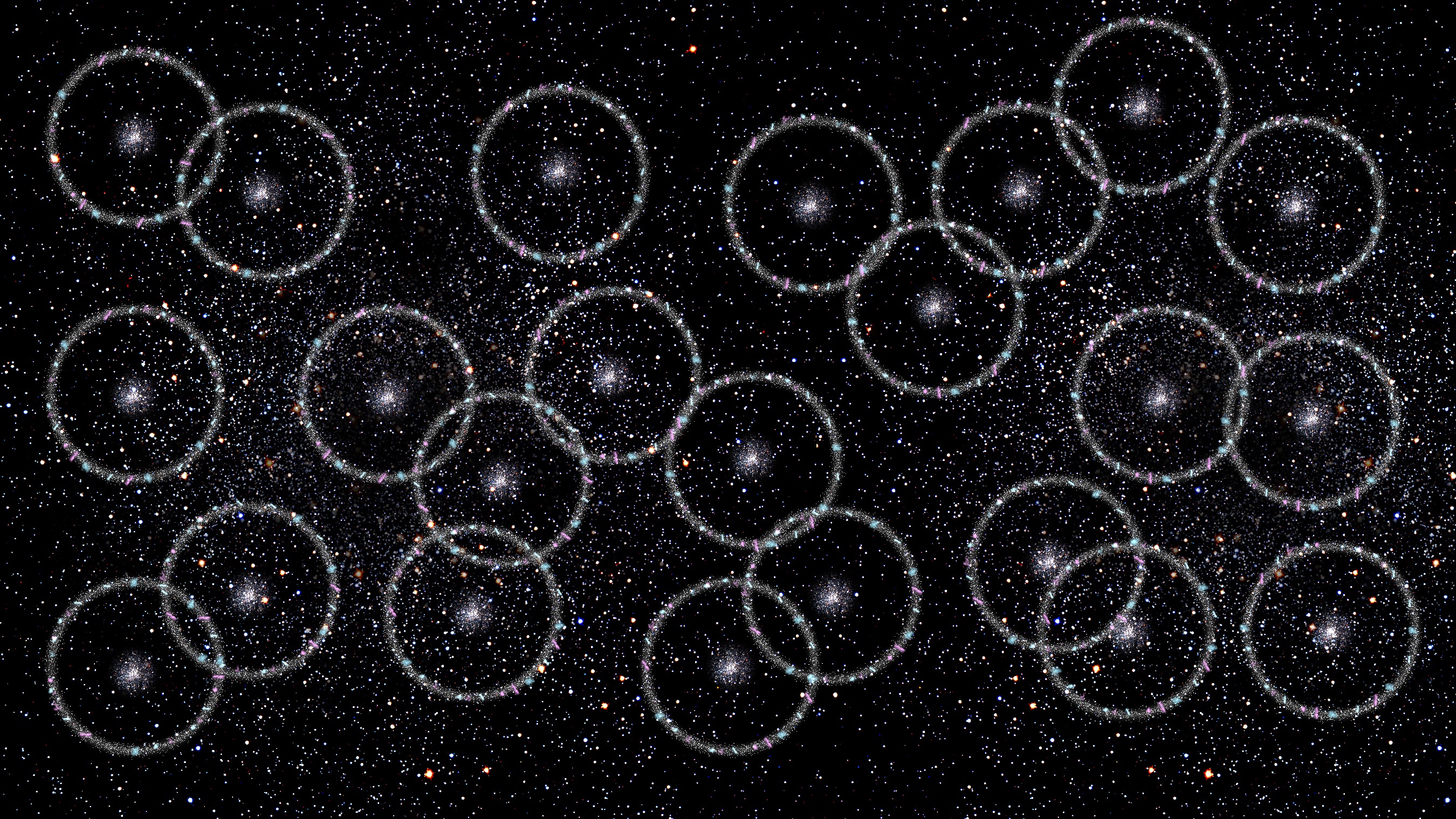Cosmology’s Only Big Problems Are Manufactured Misunderstandings
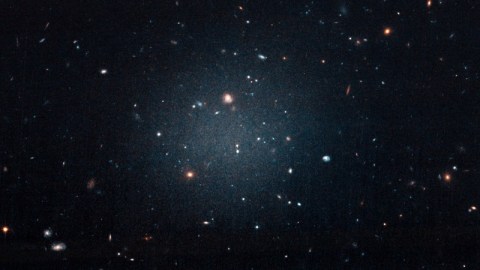
Dark matter, dark energy, inflation and the Big Bang are real, and the alternatives all fail spectacularly.
If you keep up with the latest science news, you’re probably familiar with a large number of controversies concerning the nature of the Universe itself. Dark matter, thought to outweigh normal atomic matter by a 5-to-1 ratio, could be unnecessary, and replaced by a modification to our law of gravity. Dark energy, making up two-thirds of the Universe, is responsible for the accelerated expansion of space, but the expansion rate itself isn’t even agreed upon. And cosmic inflation has recently been derided by some as unscientific, as some of its detractors claim it can predict anything, and therefore predicts nothing.
If you add them all together, as philosopher Bjørn Ekeberg did in his recent piece for Scientific American, you might think cosmology was in crisis. But if you’re a scrupulous scientist, exactly the opposite is true. Here’s why.
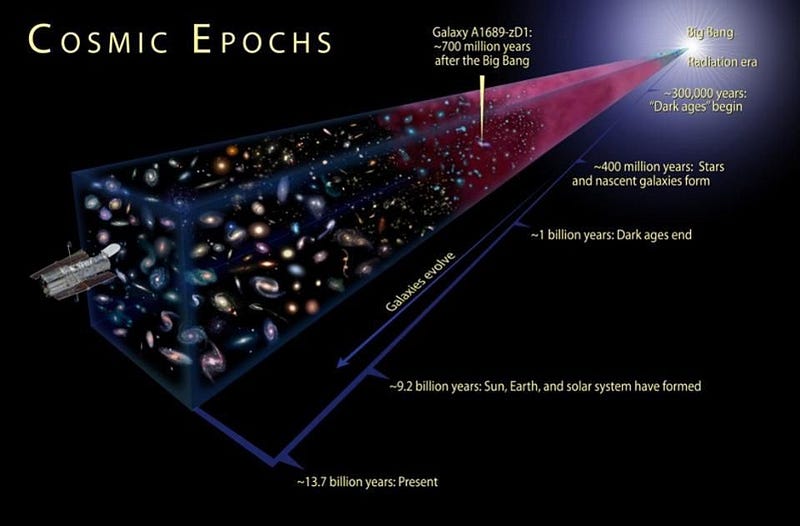
Science is more than just a collection of facts, although it certainly relies on the full suite of data and information we’ve collected about the natural world. Science is also a process, where the prevailing theories and frameworks are confronted with as many novel tests as possible, seeking to either validate or refute the consequential predictions of our most successful ideas.
This is where the frontiers of science lie: at the edges of the validity of our leading theories. We make predictions, we go out and test them experimentally and observationally, and then we constrain, revise, or extend our ideas to accommodate whatever new information we obtained. The ultimate dream of many is to revolutionize the way we conceive of our world, and to replace our current theories with something even more successful and profound.
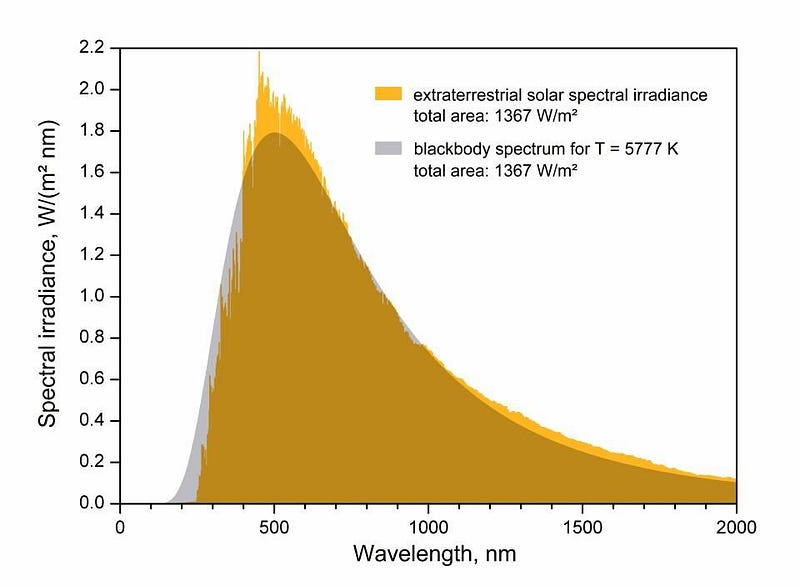
But it’s not such an easy task to reproduce the successes of our leading scientific theories, much less to go beyond their present limitations. People who are enamored with ideas that conflict with robust observations have had notoriously difficult times letting go of their preferred conclusions. This has been a recurring theme throughout the history of science, and includes:
- Fred Hoyle refusing to accept the Big Bang for nearly 40 years after the discovery of the Cosmic Microwave Background,
- Halton Arp insisting that quasars are not distant objects, despite decades of data demonstrating that their redshifts are not quantized,
- Hannes Alfven and his later followers insisting that gravitation does not dominate the Universe on large scales, and that plasmas determine the large-scale structure of the Universe, even after countless observations have refuted the idea.
Although science itself may be unbiased, scientists are not. We can fall prey to the same cognitive biases that anyone else can. Once we choose our preferred conclusions, we frequently fool ourselves through the fallacious practice of motivated reasoning.
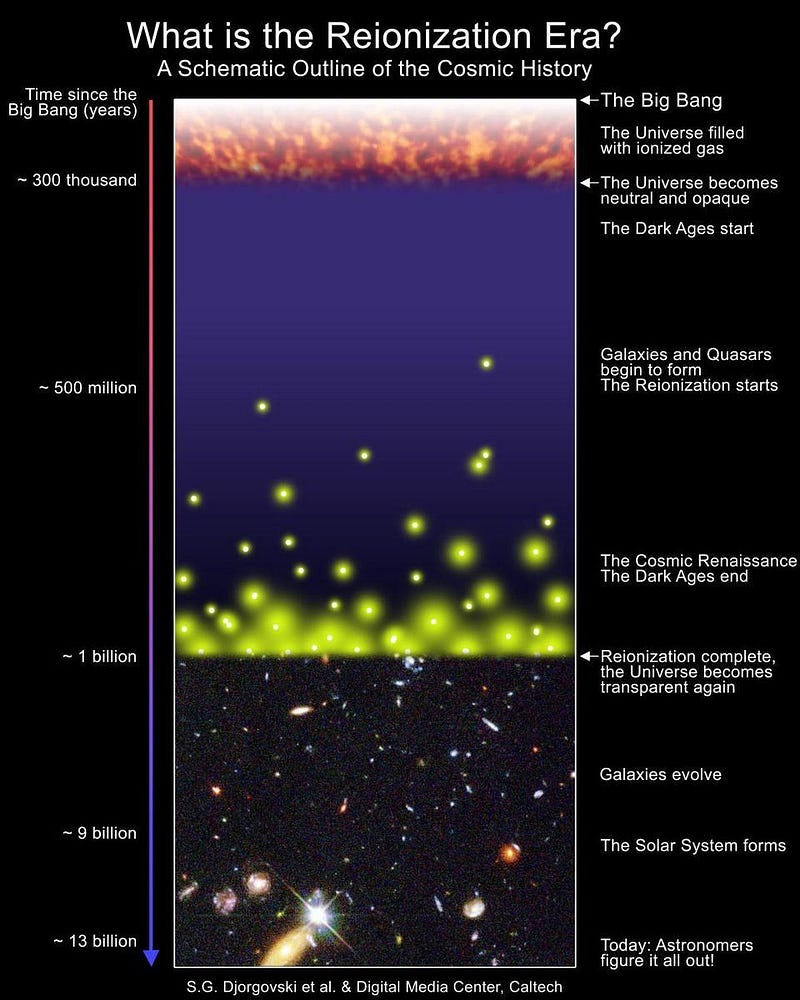
It’s where the famous aphorism that “physics advances one funeral at a time” first came from. This notion was originally put forth by Max Planck with the following statement:
A new scientific truth does not triumph by convincing its opponents and making them see the light, but rather because its opponents eventually die, and a new generation grows up that is familiar with it.
The big problem that many non-scientists (and even some scientists) will never realize is this: you can always contort your theoretical ideas to force them to be viable, and consistent with what’s been observed. That’s why the key, for any theory, is to make robust predictions ahead of time: before the critical observation or measurement is performed. This way, you can be certain you’re testing your theory, rather than tinkering with parameters after-the-fact.
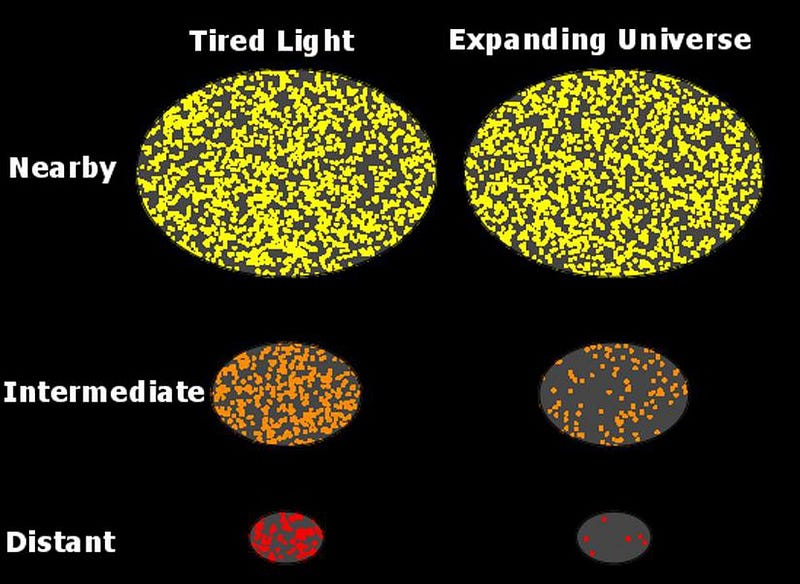
As it turns out, this is exactly how we wound up with the leading cosmological model we have today, in pretty much every regard.
The notion of the expanding Universe was theoretically predicted by Alexander Friedmann in 1922, when he derived what I have called the most important equation in the Universe. The observations of Vesto Slipher, Edwin Hubble and Milton Humason confirmed this only a few years later, leading to the modern notion of the expanding Universe.
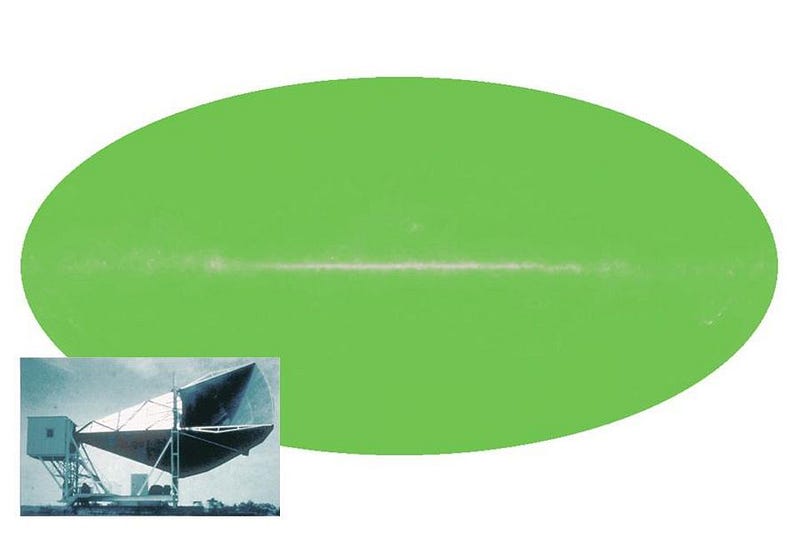
Many competing explanations for the Universe’s origin then emerged, with the Big Bang having four explicit cornerstones:
- the expanding Universe,
- the predicted abundances of the light elements, created during the hot, dense, early stage of the Big Bang,
- a leftover glow of photons just a few degrees above absolute zero,
- and the formation of large-scale structure, with structures which must evolve with distance.
All four of these have now been observed, with the latter three occurring after the Big Bang was first proposed. In particular, the discovery of the leftover glow of photons in the mid-1960s was the tipping point. As no other framework can account for these four observations, there are now no viable alternatives to the Big Bang.
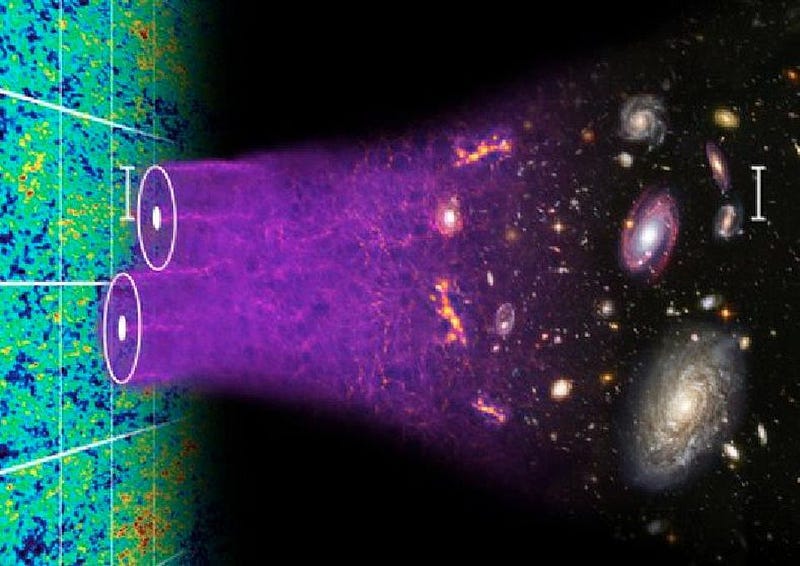
With an expanding, cooling Universe that began from a hot, dense, matter-and-radiation-filled state, all governed by the Einstein’s General Relativity, there are a number of possibilities for how the Universe could have unfolded, but it’s not an infinite number. There are relationships between what’s in the Universe and how its expansion rate evolves, and that tremendously constrains what’s possible.
This is the only statement that is unequivocally correct in Ekeberg’s piece.
Once you accept the Big Bang and a Universe governed by General Relativity, there is an enormous suite of evidence that points to the existence of dark matter and dark energy. This is not a new suite, either, but one that’s been mounting since the 1970s. Dark energy’s main competitor fell away some 15 years ago, leaving only a Universe with dark matter and dark energy as a viable cosmology to explain the full suite of evidence.
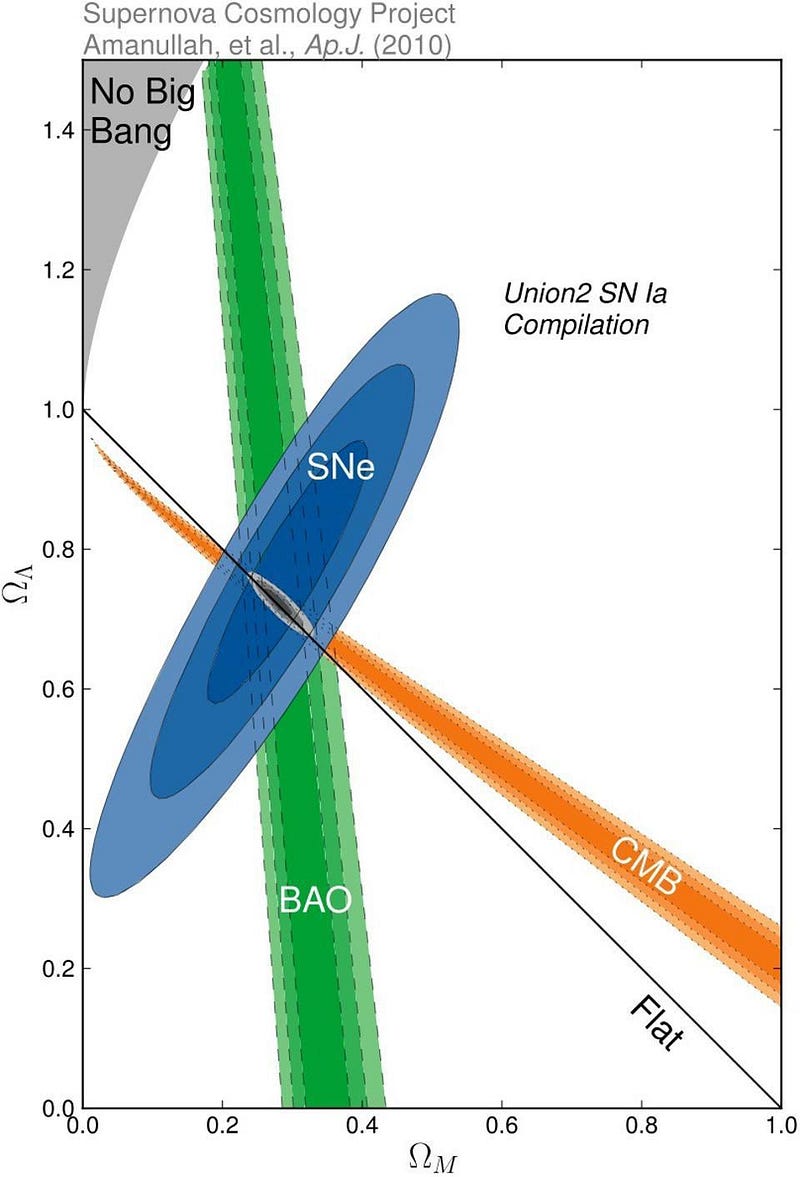
That’s the key that’s so often overlooked: you have to examine the full suite of evidence in evaluating the success or failure of your theory or framework. Sure, you can always find individual observations that pose a difficulty for your theory to explain, but that doesn’t mean you can just replace it with something that does successfully explain that one observation.
You have to account for everything, plus the new observation, plus new phenomena that have not yet been observed.
This is the problem with every alternative. Every alternative to the expanding Universe, to the Big Bang, to dark matter, dark energy, or inflation, all fail to even account for whatever’s been already observed, much less the rest of it. That’s why practically every working scientist considers these proposed alternatives to be mere sandboxing, rather than a serious challenge to the mainstream consensus.
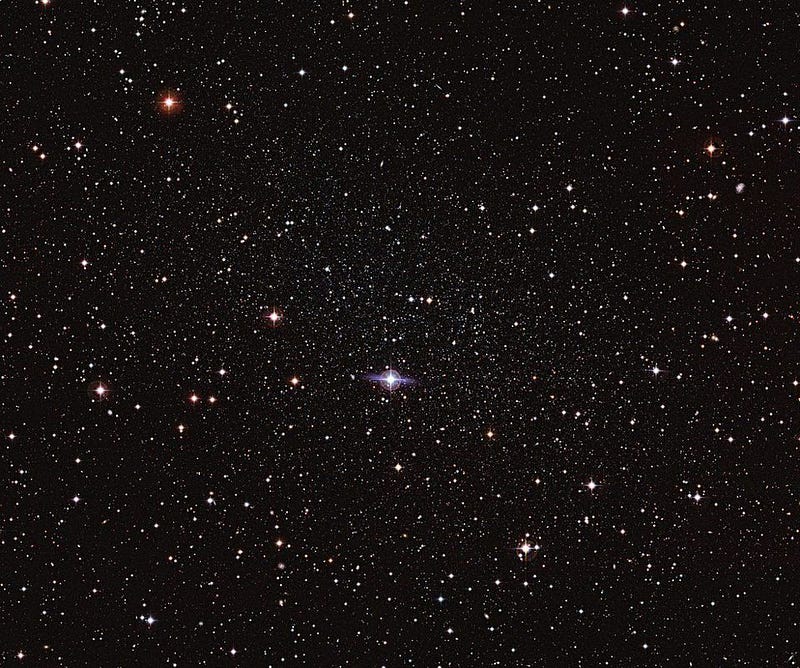
There are indeed galaxies out there without dark matter, but this is predicted by theory. In fact, nearly a decade ago, a prominent contrarian noted the lack of galaxies without dark matter and claimed it falsified the dark matter model. When these galaxies without dark matter were discovered, that same scientist immediately claimed they were consistent with modified gravity. But only dark matter explains the full suite of evidence concerning the Universe.
There is, indeed, a discrepancy between two different sets of groups trying to measure the expansion rate of the Universe. The difference is 9%, and could represent a fundamental error in one group’s technique. More excitingly, it could be a sign that dark energy or some other aspect of the Universe is more complex than our naive assumptions. But dark energy is still necessary either way; the only “crisis” is aritificially manufactured.
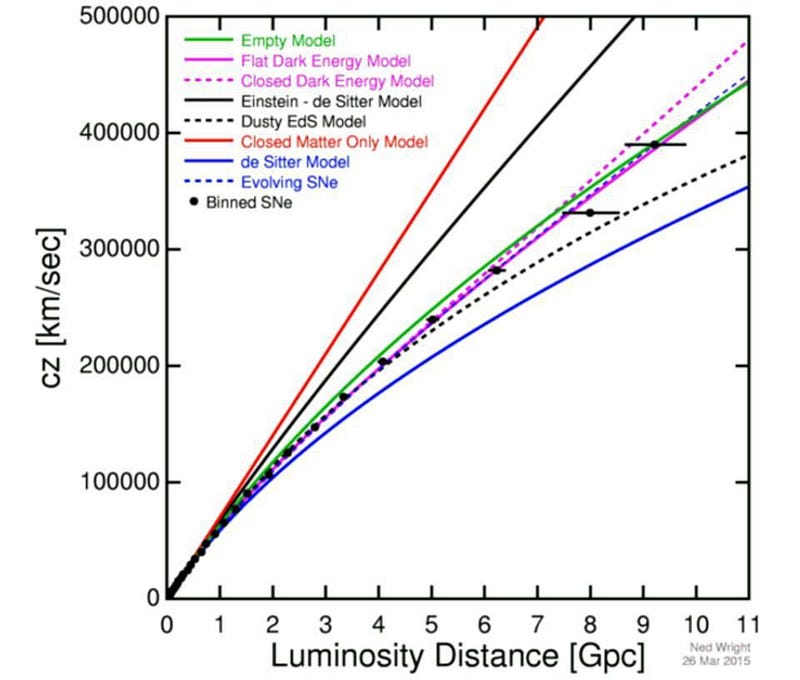
Finally, there’s cosmic inflation, the phase of the Universe that occurred prior to the hot Big Bang, setting up the initial conditions our Universe was born with. Although it’s often derided by many, inflation was never intended to be the ultimate, final answer, but rather as a framework to solve puzzles that the Big Bang cannot explain and to make new predictions describing the early Universe.
On these accounts, it is spectacularly successful. Inflation:
- successfully reproduces all the predictions of the hot Big Bang,
- solves the horizon, flatness, and monopole puzzles that plagued the non-inflationary Big Bang,
- and made six novel predictions that were distinct from the old-style Big Bang’s, with at least four of them now confirmed.
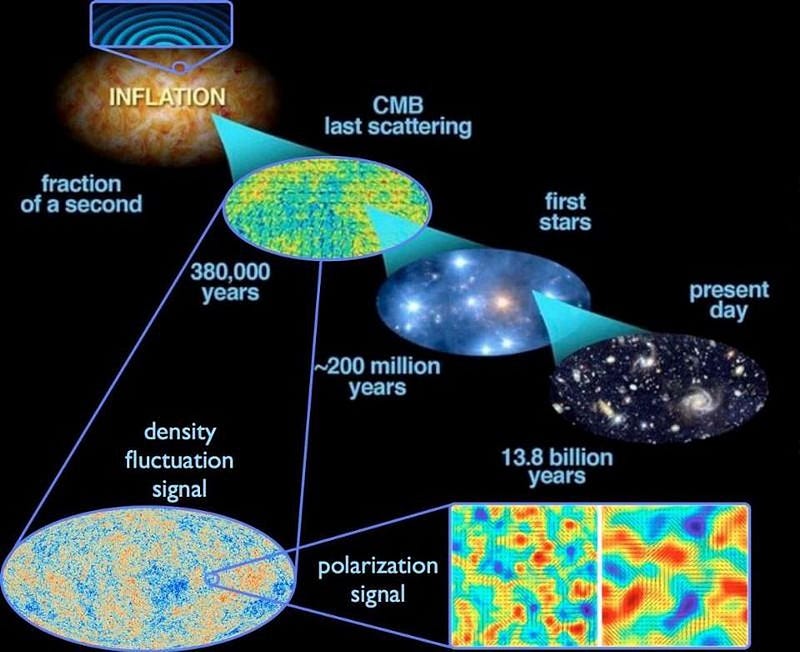
To say that cosmology has some interesting puzzles is compelling; to say it has big problems is not something that most cosmologists would agree with. Ekeberg discusses the inflationary Big Bang with dark matter and dark energy as follows:
This well-known story is usually taken as a self-evident scientific fact, despite the relative lack of empirical evidence — and despite a steady crop of discrepancies arising with observations of the distant universe.
To argue that there’s a lack of empirical evidence for this completely misunderstands what science is or how science works, in general and specifically in this particular field, where data is abundant and high in quality. To point to “a steady crop of discrepancies” is a disingenuous — and I daresay deliberate — misreading of the evidence, used by Ekeberg to push forth a solipsistic, philosophically empty, anti-science agenda.
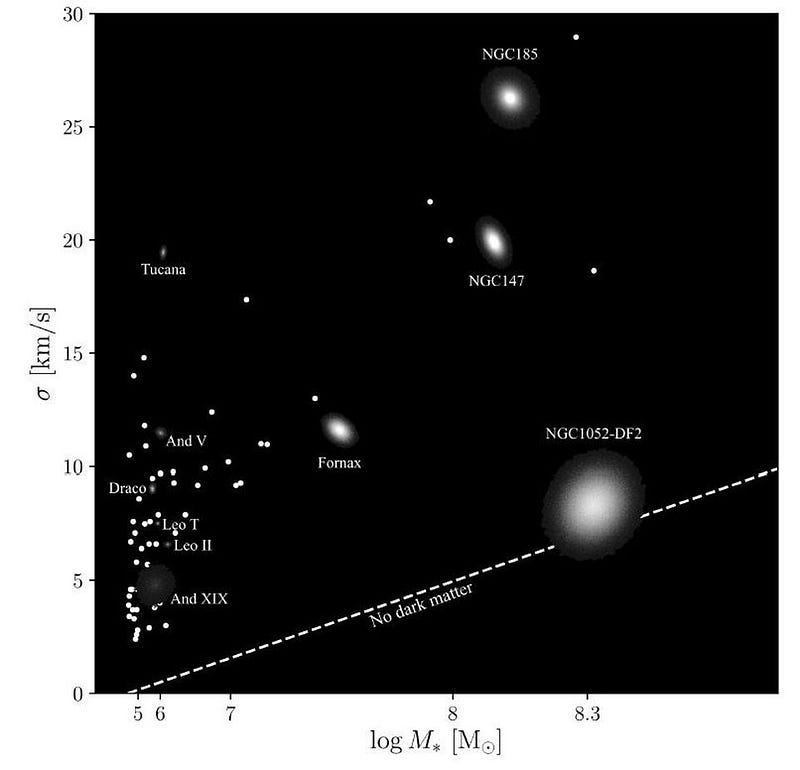
We should always be aware of the limitations of and assumptions inherent to any scientific hypothesis we put forth. Every theory has a range of established validity, and a range where we extend our predictions past the known frontiers. A theory is only as good as the verifiable predictions it can make; pushing to new observational or experimental territory is where we must look if we ever hope to supersede our present understanding.
But we mustn’t forget or throw out the existing successes of General Relativity, the expanding Universe, the Big Bang, dark matter, dark energy, or inflation. Going beyond our current theories includes — as a mandatory requirement — encompassing and reproducing their triumphs. Until a robust alternative can reach that threshold, all pronouncements of “big problems” with the prevailing paradigm should be treated for what they are: ideologically-driven diatribes without the requisite scientific merit to back them up.
Ethan Siegel is the author of Beyond the Galaxy and Treknology. You can pre-order his third book, currently in development: the Encyclopaedia Cosmologica.




